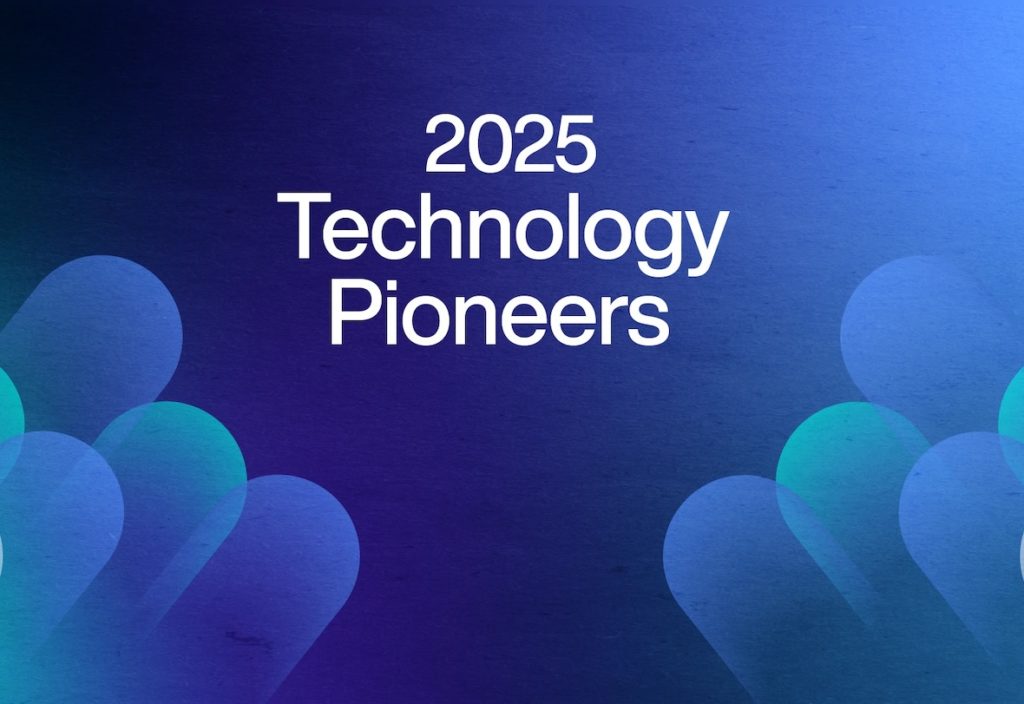
Swiss start-up Clearspace is on a mission to clean up outer space
28 August 2020

The EPFL spin-off develops a service capable of eliminating deficient low-orbiting satellites. Two years after its creation, the start-up won a major contract from the European Space Agency (ESA) to launch ESA’s first Active Debris Removal mission (ADRIOS) in 2025. The final frontier, like so much of the natural environment, is getting clogged with debris. […]
The EPFL spin-off develops a service capable of eliminating deficient low-orbiting satellites. Two years after its creation, the start-up won a major contract from the European Space Agency (ESA) to launch ESA’s first Active Debris Removal mission (ADRIOS) in 2025.
The final frontier, like so much of the natural environment, is getting clogged with debris. Much of the technology that keeps us connected and safe – from telecom networks and hurricane alert systems to air traffic control towers – runs on satellites. And those satellites can get damaged or even go out of commission, and generate clouds of new debris, if they hit rogue space objects. To help address this problem, Muriel Richard, an aerospace engineer who previously headed the SwissCube mission, and Luc Piguet, an EPFL and Stanford alumnus with extensive business development experience, teamed up to create ClearSpace – an EPFL spin-off that is already making waves in the space industry.
The underdog wins the bid
Despite being just two years old, the firm has already won the contract from the European Space Agency (ESA) to launch the ESA’s first Active Debris Removal mission (called ADRIOS) in 2025. “When we initially decided to reply to the RFP, people thought we were crazy. Our company was only eight months old and we were going up against global heavyweights,” says Piguet. “But we already had a team of EPFL engineers we were working with and were confident we could sign on the right industrial partners. Our small size made us agile, and we turned our new-kid-on-the-block status to our advantage.” Their bet paid off – the ESA selected their design in June 2019, beating out a dozen other European and Canadian consortia.
To be ready for the mission in 2025, ClearSpace has had to grow at warp speed. It expanded from six to 22 employees, most of whom were hired in the past six months. “It’s been a crazy time. In addition to hiring all the technical skills we need, we’ve been in talks with industrial partners and ESA member states. The key is to show that our design is not only viable from an engineering standpoint, but also makes a viable business case,” says Piguet.
Focusing technology where it has the most impact
What ClearSpace does not intend to do is reinvent the wheel. “A lot of the technology already exists, and so we focused our efforts on solving the biggest challenges with existing debris-removal systems,” says Piguet. The first challenge relates to space robotics, an area where ClearSpace engineers have particular expertise. Grasping an object in microgravity, with zero friction, is not easy – just the slightest touch changes the object’s trajectory. ClearSpace therefore developed an advanced grappling system made to work specifically under those conditions. The second challenge relates to navigation: pinpointing exactly where an object is based on a reference point and how the object is moving and rotating. Here the company created its own autonomous navigation system to calculate the optimal trajectory for capturing an object. In terms of its business model, ClearSpace plans to keep all the design work in-house and outsource the manufacturing and integration.
Precision engineering isn’t just for watches
Switzerland may not be the first country that comes to mind when you think of the space industry, but Piguet has a clear response to that: “Why not Switzerland? Our country has excellent universities and engineers, along with a strong heritage of craftsmanship. People associate Swiss manufacturing with high-quality, reliable products – that’s true for spacecraft components too.” His own firm has benefited from the local innovation ecosystem through ties with EPFL as well as early-stage support from Innosuisse and FIT. He feels the only thing missing in Switzerland is more space-industry startups to inspire young entrepreneurs – a gap he hopes ClearSpace will help fill. “I’m convinced Switzerland can do much more for the space industry. The skills, the research centers, they’re all here. And because of our neutral stance and track record of quality, it’s easier for us to bring together project partners from different countries,” he says.
One step ahead
Although development work for the ESA mission is keeping the team busy, they don’t plan to wait until that mission is over before starting the next one. The idea is to carry out much of the preparation and testing in parallel so that lessons learned can be applied quickly and broadly. “In space you don’t really get a second chance; things have to go right the first time. So the testing phase on the ground is crucial. You want to fail as much as you can as early as you can, so that you’re on the right track as soon as possible,” says Piguet. The firm is also working with commercial satellite operators to see how technology developed for the ESA mission can be adapted to their needs. “We think this is a transformational mission that will drive new ways of operating in orbit in the coming years. Opportunities will arise as more private-sector satellites are launched and space debris becomes an increasingly salient issue. To that end, we’re still looking for sponsors. ClearSpace-1 is a fantastic opportunity to bring this change and build sustainability into the future of space exploration. It’s also a very effective communication engine around reinventing the future of sustainability. There are many opportunities associated with our project,” he says.

